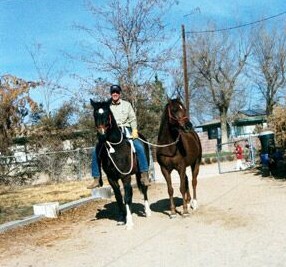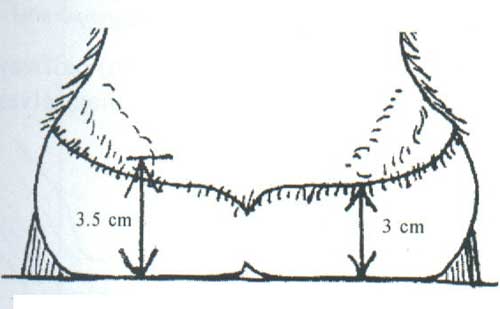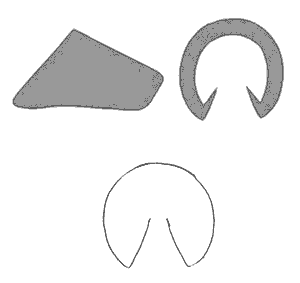Hoof Form & Function

If you don’t know or understand the internal structure, form and dynamics of the hoof, then how could you possibly figure out what is a best practice on the outside of the hoof when it comes to setting up or understanding what the shape and angels of the hoof should be. Xenophon can be excused for thinking that the hoof should be so tall that the frog never makes contact with the ground…but with advances in understanding the internal dynamics of hoof function, how can we excuse some of the practices that maintain themselves, even today? In many quarters, empirical data seems no match for the power of myth.
Perhaps the most salient aspect of understanding hoof dynamics and internal structures comes in grasping how the hoof deforms under load and what this means for how the foot should be trimmed, why it should have that shape and form, and what happens when steel is nailed to the hoof.
Interior Structures
Let take a look at what happens internally to a hoof weighted and unweighted.

From this rendering you can see what a steel shoe interferes with, impeding blood flow, therefore uptake of oxygen, therefore nerve transmission and leads to the idea that a shoe offers protection. It doesn’t offer protection. It offers an anesthetic effect.
Hoof Capsule Deformation
What does the hoof look like from the outside when under load?
Here you can see that there is more to hoof capsule deformation than just moving at the rear like a hinge. You can see that the quarters descend as well as the coronet band, and that the whole hoof expands outwardly. Consider what the frog is doing in this type of expansion. The hoof is really a brilliant design of adaptation.
Blood flow
We can take a look at blood flow in this animation.
You can see from this how the frog acts as an expansion joint, the coffin bone descends into the hoof capsule and the whole capsule expands with blood rushing into the surrounding tissue. It would be very interesting to have a sagittal plane animation of the hoof as well as this coronal plane.
Proper heel height.
In spite of Xenophon, who, 2500 years ago, knew more than many professionals today about the hooves, heels should be much lower than what he recommended or what is seen at many competitions today.









Leave a Reply